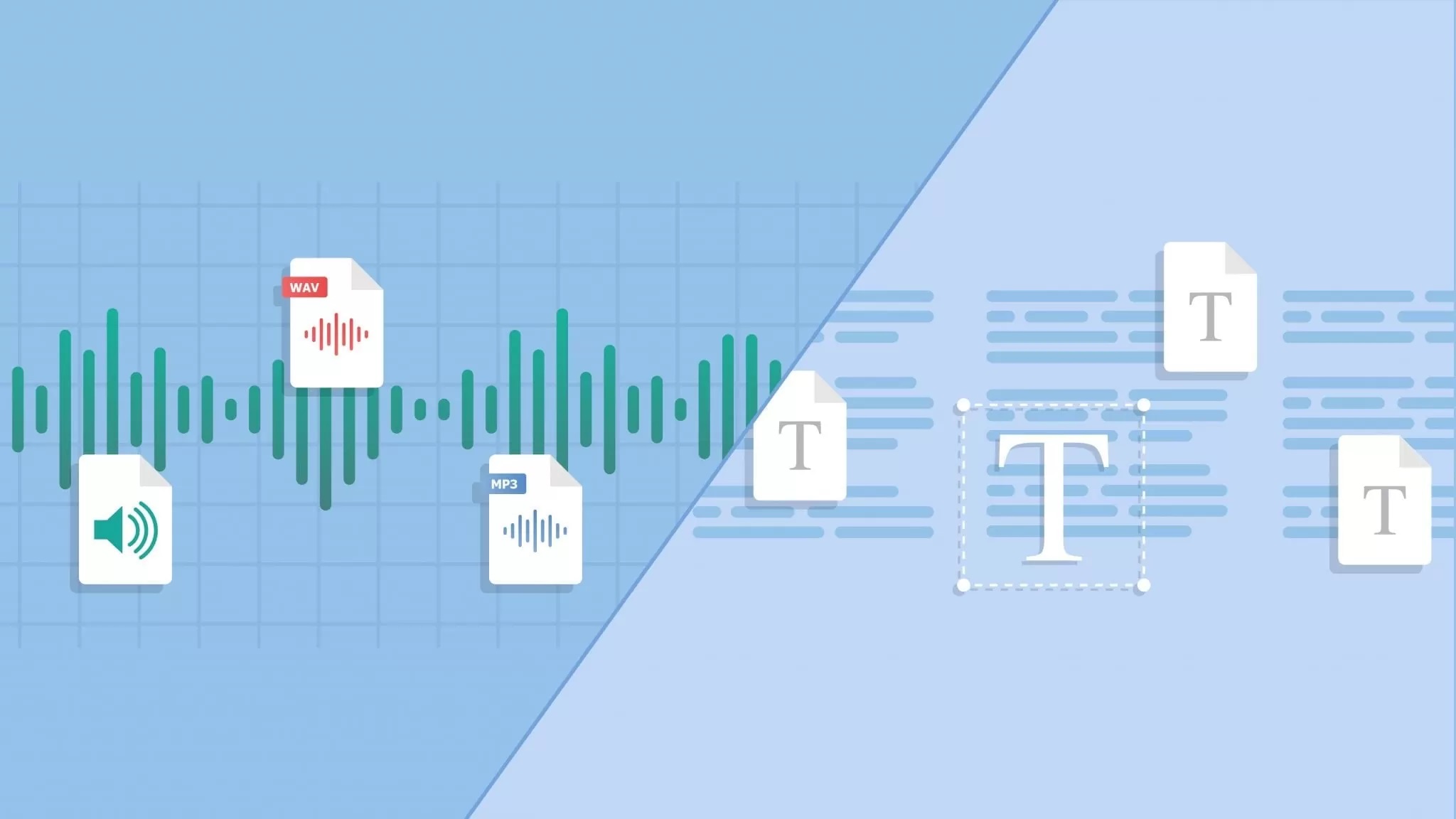In today’s fast-paced digital era, the demand for efficient and accurate communication is more pressing than ever. As technology advances, so does the need to convert audio to text, allowing for seamless transcription and analysis of spoken words. The emergence of audio-to-text conversion technology has revolutionized various industries, from journalism and customer service to legal proceedings and content creation. This article will delve into the fascinating world of audio-to-text conversion, exploring its benefits, applications, and technology behind it. Let’s first look at why one should convert audio to text.
Understanding the Need: Why Convert Audio to Text?
The ability to convert audio to text has become essential due to several factors. First and foremost, it enables accessibility for individuals with hearing impairments. By transcribing audio content into written form, people with hearing disabilities can easily consume and engage with previously inaccessible information. Moreover, audio-to-text conversion technology has brought efficiency to various industries heavily relying on spoken content, such as market research, interviews, and academic research. Professionals can reference, analyze, and extract valuable insights more effectively with a written record of conversations and speeches.
Applications of Audio-to-Text Conversion Technology
Journalism and Media
Journalists and media professionals increasingly leverage audio-to-text conversion technology to transcribe interviews, press conferences, and audio recordings. This allows for accurate reporting, easy searching of content, and the creation of subtitles or captions for videos, ensuring wider reach and accessibility.
Customer Service and Call Centers
In customer service, audio-to-text conversion technology simplifies the process of managing customer interactions. By transcribing customer calls, companies can analyze the data more efficiently, identify recurring issues, and improve service quality. Additionally, it enables companies to search and extract valuable insights from recorded conversations.
Legal and Law Enforcement
The legal industry has greatly benefited from audio-to-text conversion technology. Court proceedings, witness statements, and police interrogations can be accurately transcribed, making it easier for lawyers, judges, and law enforcement agencies to review and reference information. This technology also saves time and resources by reducing the need for manual transcription.
The Technology Behind Audio-to-Text Conversion
Converting audio to text involves complex algorithms and machine-learning techniques. Speech recognition software is pivotal in this technology, using advanced mathematical models to analyze and decipher spoken words. These models are trained on vast amounts of audio data, allowing the software to recognize patterns, phonetics, and linguistic nuances. With each iteration, the accuracy and efficiency of these algorithms improve, providing highly reliable audio-to-text conversion results.
Challenges and Future Developments
While audio-to-text conversion technology has made significant strides, challenges still exist. Accents, background noise, and audio quality can impact the accuracy of the transcriptions. However, advancements in machine learning and natural language processing continually improve the technology’s performance.
The future of audio-to-text conversion technology holds great promise. Researchers and developers are exploring new avenues, such as real-time transcription, multi-lingual support, and enhanced contextual understanding. These advancements will undoubtedly revolutionize how we interact with audio content, making it more accessible and actionable across various industries.
Conclusion
In conclusion, audio-to-text conversion technology has transformed how we process and analyze spoken information. Its applications are vast, ranging from journalism and customer service to the legal and law enforcement sectors. With continuous advancements in machine learning and natural language processing, the accuracy and efficiency of audio-to-text conversion will only continue to improve. As we embrace this technology, we open up new possibilities for accessibility, productivity, and innovation in communication.


